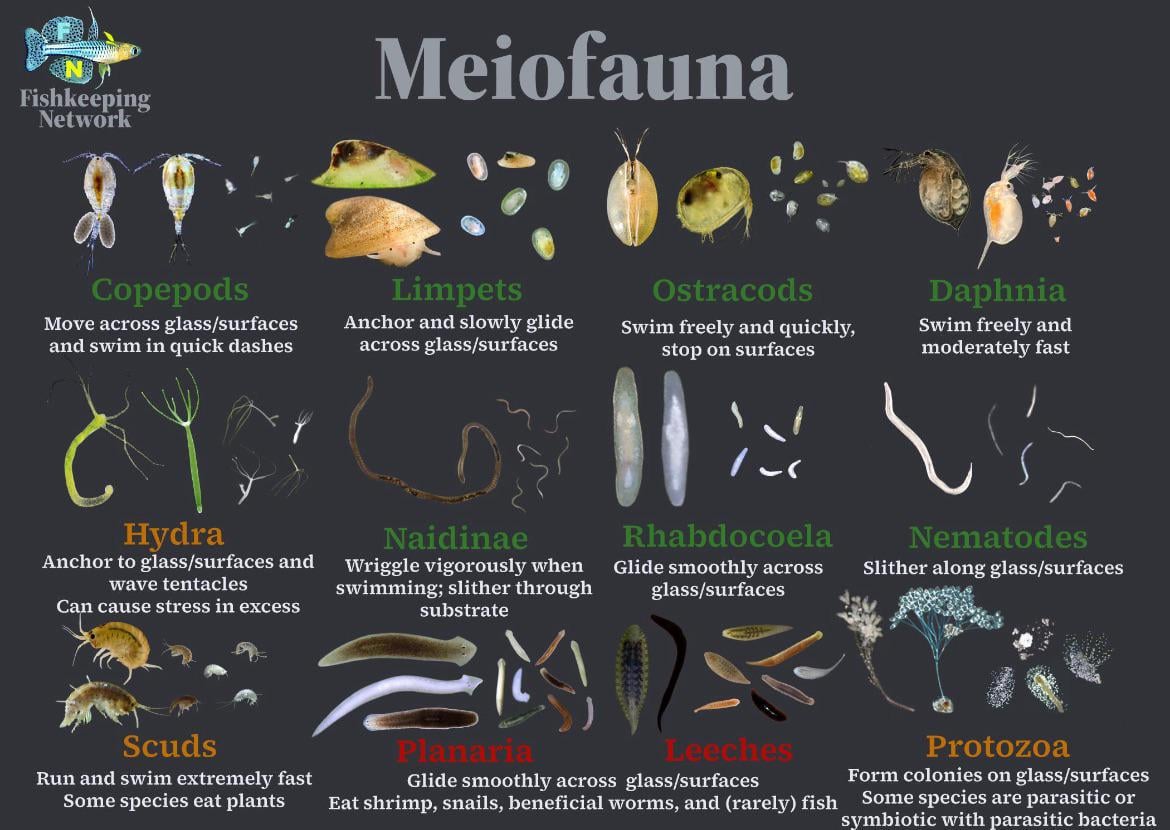I am by no means an experienced or knowledgable person on the subject, but this is partly to keep resources in order for myself. I am a big fan of the Fishlore forum, so a lot of these are helpful links from there. I personally have Neocaridinas, which are more hardy with tap water than Caridinas.
For neocaridinas, it's generally best to use tap water. Make sure to check your tap water's perimeters. Our local fish store offers free water tests, but I advise you buy a kit of tests since it's good to do them periodically anyway. We used to use a mix of Reverse Osmosis and tap water, but tap water by itself seems to be working better.
Do not forget to condition your water! Conditioner neutralizes harmful chemicals in tapwater. We use Aqueon Shrimp Tank Plus, which also adds chemicals shrimp need in order to have a healthy exoskeleton and enable shedding. Without those chemicals, shrimp can get stuck in their shedding process and die!
Cycling a Tank
You must understand the nitrogen cycle before attempting anything!
Helpful Articles
You can feed your shrimp algae pellets, which is what I usually do. Many people give their shrimps "shrimp lollies", which are sticks with shrimp food smeared on them. You can also blanche some veggies, but they should ideally be organic, as the pesticide can kill shrimps (shrimps is bugs).
 Supplies
Supplies
Essentials
- Tank (neocaridinas can be in pretty small ones)
- Light: Ideally with a timer.
- Aquarium tweezers
- Small aquarium net
- Water change device
- Water filter
- Air pump: Make sure its intake is sufficiently safe for shrimp. Foam-covered intakes seem to work very well. For the output, have an airstone of some kind. The guy at my local fish store told me to change my airstone every 3 months.
- Shrimp food
- Bucket: For water changes.
- Drip acclimation gear: You can DIY this if you want, but I didn't want to risk sucking in tank water, so I bought a set.
- Another container to drip acclimate your shrimp
- Water tests: a set is nice. You need to test for pH, ammonia, nitrates, nitrites, KH and GH.
- Water conditioners and additives: Depending on your water situation, you will probably need to add something to your RO/tap water mix. I don't think you should go without a de-chlorinizing solution of some sort. You can add something like Aqueon's Shrimp Essentials that does multiple things at once.
- Thermometer: I have anecdotally heard that the kind with glass works much better than digital sticker-type thermometers.
- Aquatic plants: Ideally something underwater. Some water parameters may be helped if you get surface floating plants like duckweed, but beware how fast duckweed spreads.
Optional:
- Reverse Osmosis water: Can be purchased at some health food stores. If you really want to go ham, you can buy a device that ROs your tap water, but those are pretty expensive.
- No Planaria: If you want to be prepared.
- USB-powered fan: If, like me, you live in an apartment that gets very warm, you want to make sure your shrimp aren't boiling!
- Pantyhose: This may seem out of place but I promise it isn't! Cover the intake of your water change gear to keep your baby shrimp safe when you do water changes.
 Tankmates
Tankmates
Carnivorous fish are probably best avoided in general. Fellow bottom feeders like corydoras, other kinds of shrimp (just make sure you have the water parameters covered) and snails are good. Once your tank gets established, you may see microorganisms scooting around.
Here's a helpful guide:

Planaria, while adorable, are pests and should be immediately removed. No Planaria worked perfect for me.
 Steps
Steps



 Steps
Steps
 Water
Water

 Actual Shrimpkeeping
Actual Shrimpkeeping
 Supplies
Supplies
 Tankmates
Tankmates
